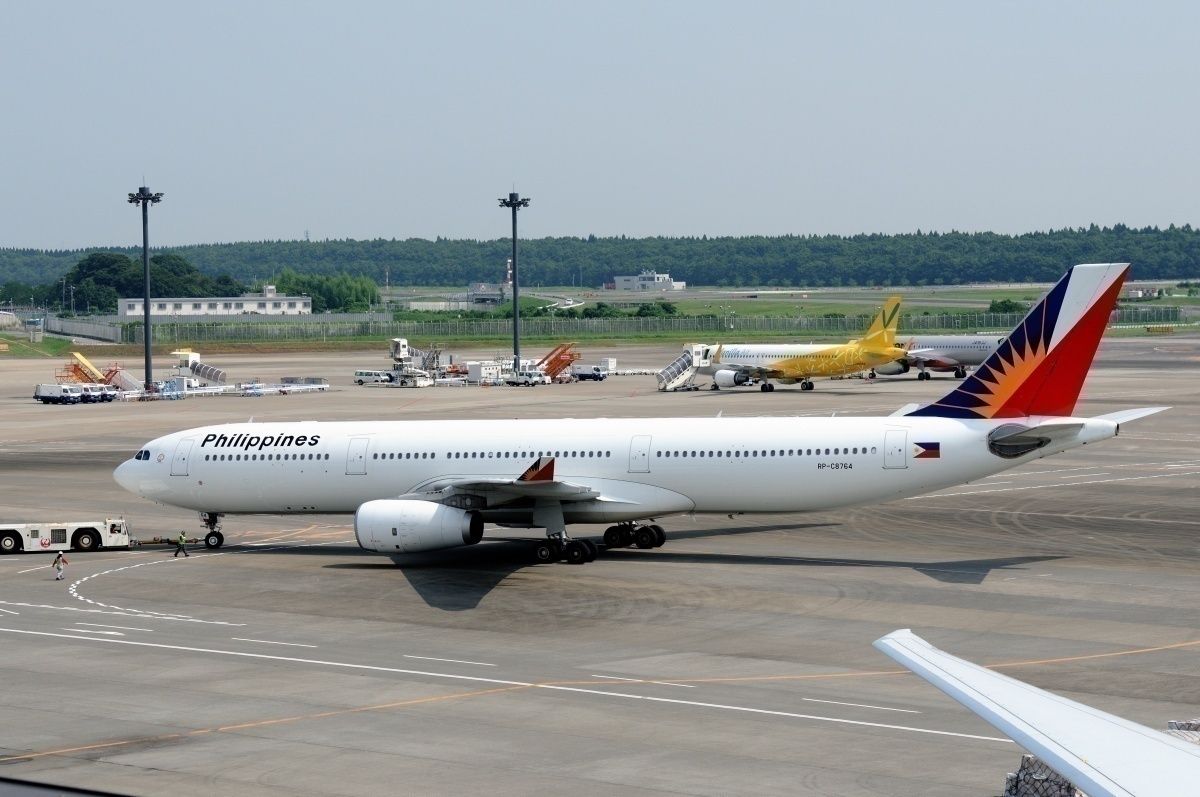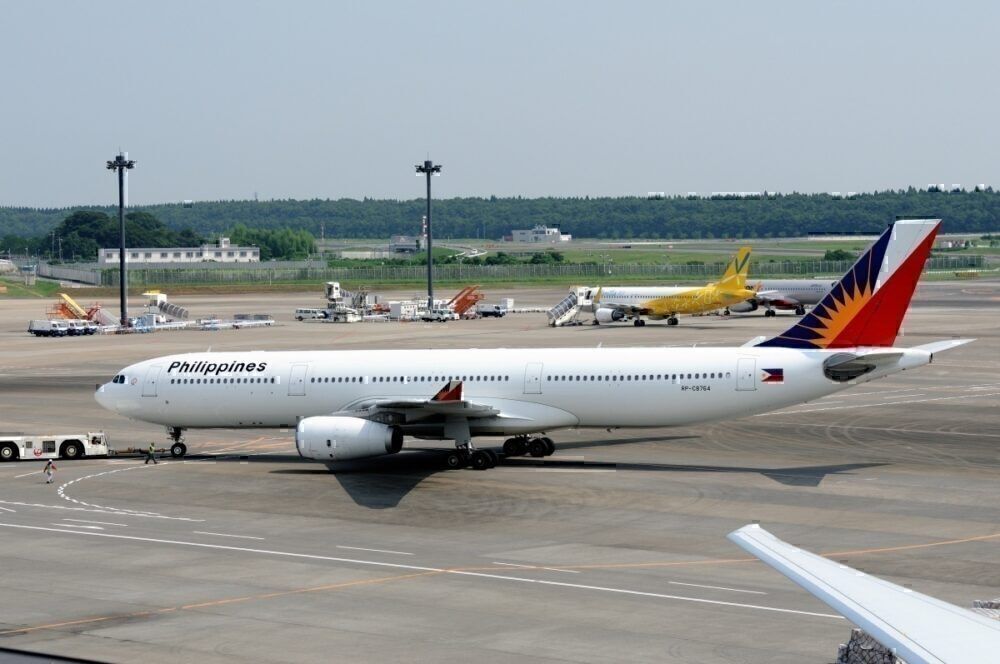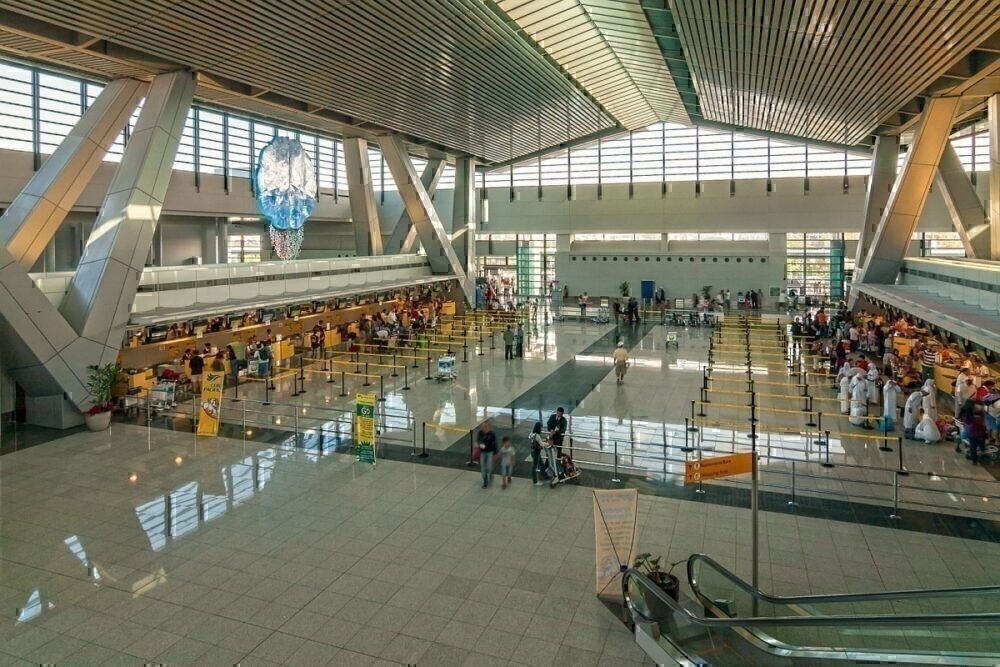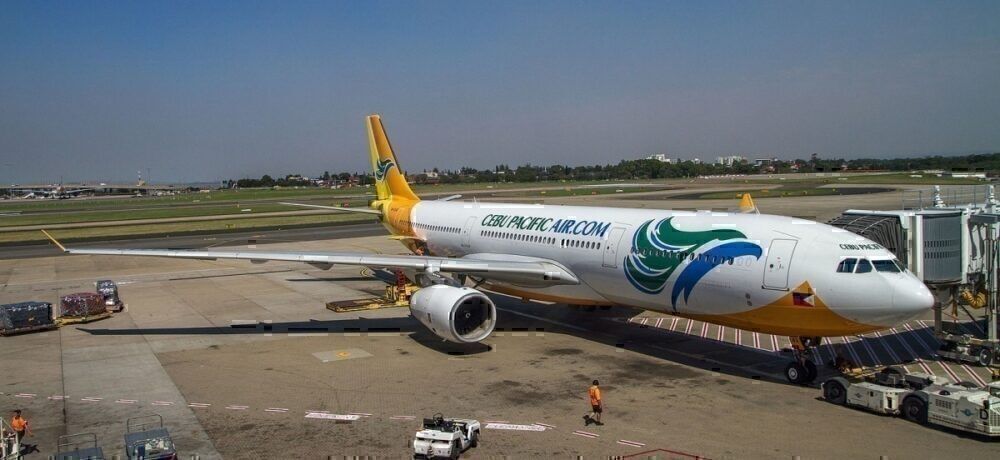The Philippines has placed a week-long suspension on inbound international flights starting from 08:00 on 3rd May as a result of the COVID-19 pandemic. The move was put in place as a result of congestion at international airports after 20,000 Filipinos returned home via repatriation flights.
With an overwhelming arrival rate of 2,000 Filipinos daily, the government is seeking to mitigate the situation by allowing time for decongestion.
“This measure to temporarily suspend international passenger arrivals will enable the government to decongest the processing of this number to a more manageable level, given the need to observe strict health protocols, and the fact that existing quarantine facilities are at full capacity,” noted the Philippines’ Department of Transportation (DOTr) in a statement issued yesterday.
On top of preparing for the arrival of more overseas Filipino workers and citizens, the National Task Force has ensured that the temporary suspension will allow for the government’s front-line agencies to ramp up their protocols for testing and screening. It will also “expand the existing quarantine and treatment facilities and ensure a more comfortable quarantine arrangement”.
Which flights and airports are affected?
The temporary suspension which will last until 9th May, includes all international inbound passenger flights, except in the case of enroute emergencies.
Cargo, maintenance, medical, and weather mitigation flights will remain operating as per usual.
While the repatriated Filipinos remain quarantined in Metro Manila, this suspension affects nine international airports in the country. Those affected include international airports in Manila, Davao, Clark, Kalibo, Mactan-Cebu, Iloilo, Laoag, Zamboanga, and Puerto Princesa.
In a separate statement by the Civil Aviation Authority of the Philippines (CAAP), it was announced that international flights are ordered to request an exemption 36 hours before their scheduled departure should they wish to land or depart from airports affected by the suspension.
The Ninoy Aquino International Airport (NAIA) in Manila is urging worried foreign nationals seeking to return home to contact their airline directly for updates on their outbound flights.
Domestic travel remains suspended
All domestic inbound and outbound flights will remain banned until 15th May, following the country’s lockdown measures.
Luzon Island, home to more than 50 million of the country’s population, has been on lockdown since mid-March. The lockdown, initially set to end on 12th April was recently extended to 15th May, after the country saw an unprecedented increase in the number of coronavirus cases. In hopes of mitigating the virus outbreak, curfews and work and transport stoppage were also implemented, among the strictest measures in Asia.
As of today, the Philippines has reported 9,223 confirmed coronavirus cases, with 607 deaths in the country.
Airlines struggle to hold out
With similar flight suspensions being implemented in countries across the globe, it comes as no surprise that airlines are grappling to survive due to the COVID-19 crisis.
According to TTGAsia, Philippine Airlines, Cebu Pacific and Philippines AirAsia – three of the country's leading airlines – are pleading for government assistance in the form of credit guarantees and airport charge waivers.
Cebu Pacific, in particular, the nation’s largest budget airline, has admitted to expecting up to $78.5 million in losses following flight suspensions and reduced passenger flights.
Do you think the temporary flight suspension is a good move by the Philippines? How long do you think the country’s airlines will take to bounce back? Let us know in the comments!




